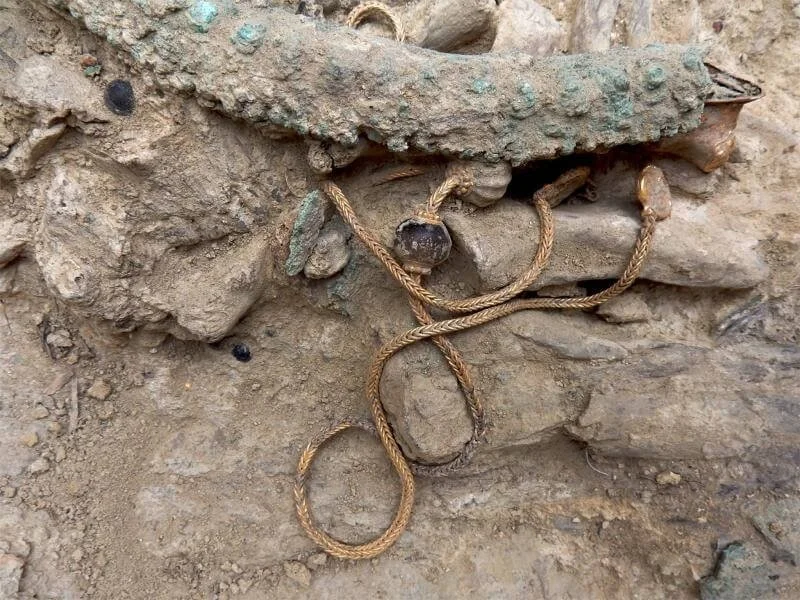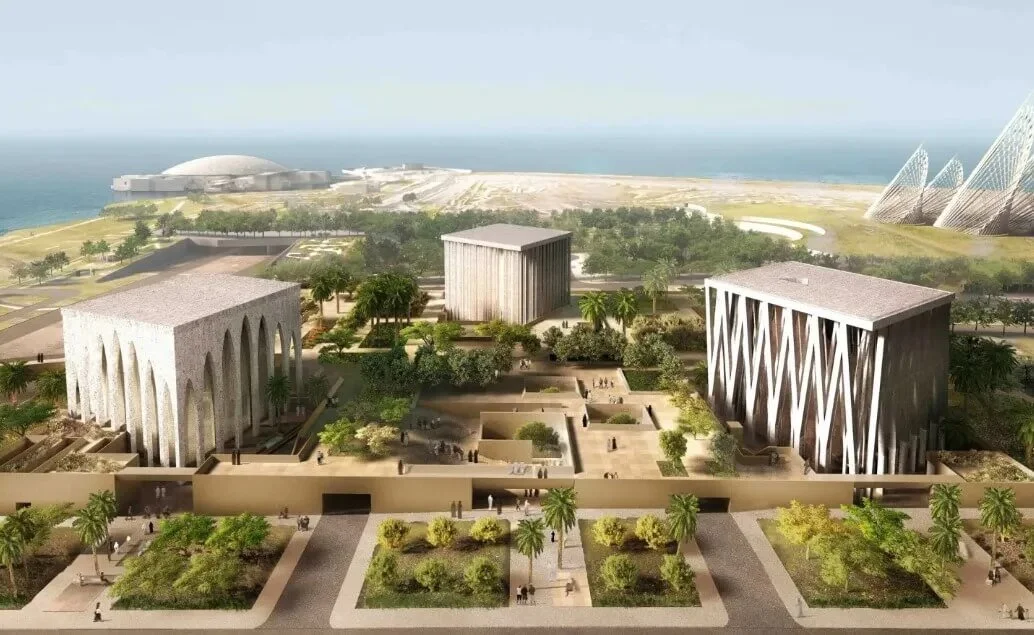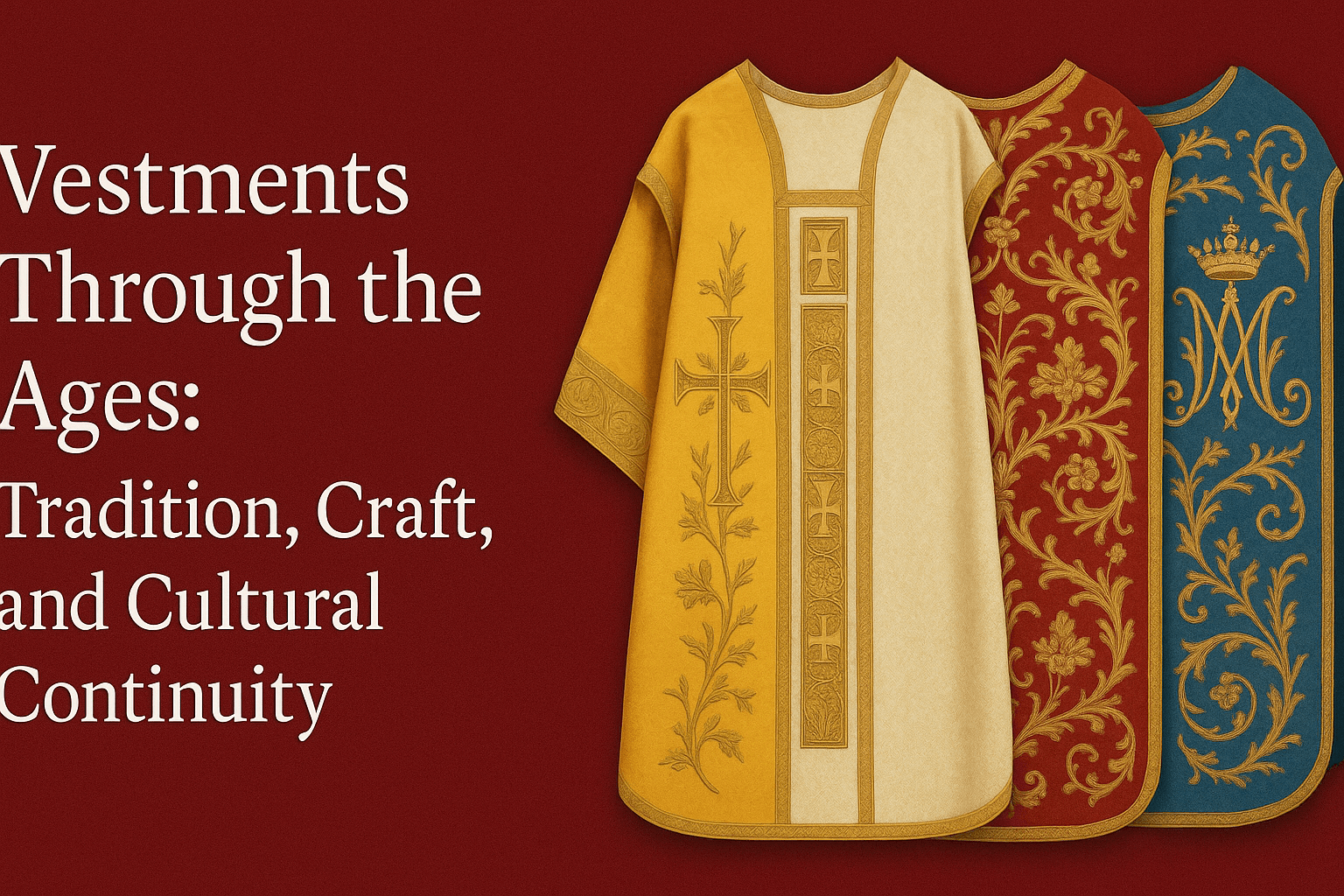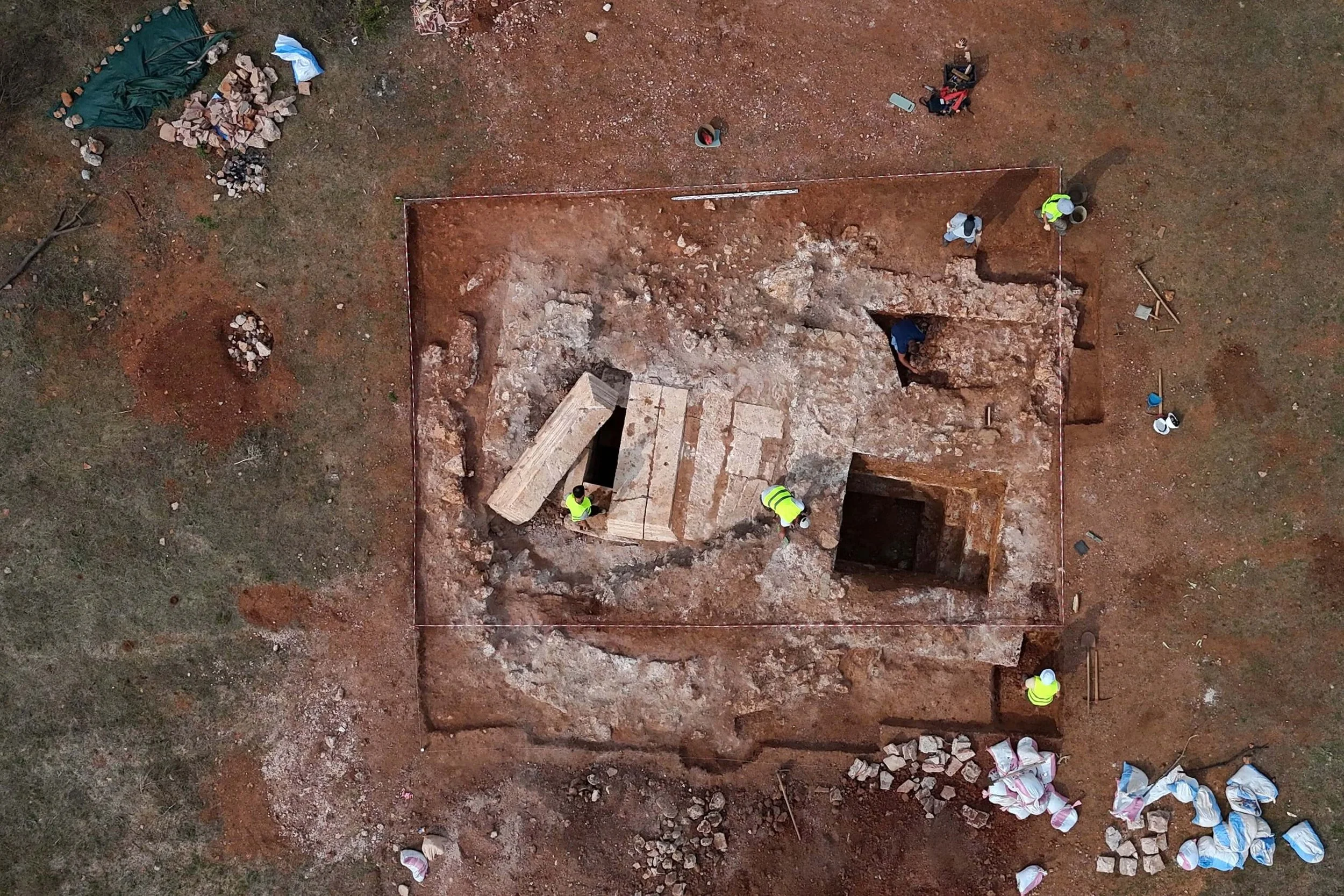The Kingdom of Kush (c. 1070 BCE – 350 CE) was a powerful African civilization centered in modern-day Sudan and southern Egypt. It was deeply influenced by Egyptian culture while maintaining its own distinct traditions. The Kushites ruled Egypt as the 25th Dynasty (c. 747–656 BCE), earning them the title of the "Black Pharaohs".
This article explores daily life in Kushite Egypt, focusing on society, economy, trade, family life, religion, warfare, and cultural practices.
1. Social Structure and Community Life
A Hierarchical Society
Kushite society was highly structured:
The Pharaoh (Qore) – Supreme ruler, considered divine.
Priests and Nobles – Religious leaders and elite families.
Warriors and Officials – Defended and administered the kingdom.
Merchants and Craftsmen – Engaged in trade and skilled labor.
Farmers and Herders – Produced food for the population.
Slaves and Servants – Often war captives, working in households or temples.
The capital cities of Napata and later Meroë were centers of power, culture, and religion.
2. Agriculture and Food Production
Farming and Livelihoods
Agriculture was essential, relying on Nile floods to grow crops such as:
Wheat and Barley – Used for bread and beer.
Sorghum and Millet – Staple grains in daily meals.
Vegetables and Fruits – Onions, dates, melons, and figs.
Livestock – Cattle, sheep, and goats for meat, milk, and trade.
Farming was mainly done along the Nile River and seasonal rains in the savannah.
Diet and Cuisine
Kushites ate simple but nutritious meals:
Flatbreads made from wheat or sorghum.
Stews with beans, lentils, or fish.
Grilled meat, especially from cattle.
Beer, a common beverage, brewed from barley.
Cooking was done in clay ovens or over open fires, with meals often shared communally.
3. Trade and Economy
Trade Networks
Kush was a key player in African and Mediterranean trade. Major trade goods included:
Gold – Mined in Kush and exported to Egypt and beyond.
Ivory and Ebony – Valued by Egyptian and Middle Eastern traders.
Iron Tools and Weapons – Produced in Meroë’s advanced iron industry.
Exotic Animals and Skins – Such as leopards and elephants.
Kushites traded with Egypt, the Mediterranean, Arabia, and Central Africa, exchanging goods for glass, textiles, and spices.
Markets and Commerce
Markets in major cities, like Meroë, offered:
Locally made pottery, woven cloth, and metalwork.
Foodstuffs like dates, grains, and dried fish.
Luxury goods such as gold jewelry and incense.
Currency was often based on barter, with gold, iron, and cattle serving as common trade items.
4. Cities and Architecture
Capital Cities: Napata and Meroë
Napata – Early capital, home to the Temple of Amun at Jebel Barkal.
Meroë – Later capital, known for pyramids, ironworks, and palaces.
Pyramids and Temples
Kushite pyramids were smaller than Egyptian ones but more numerous.
Temples were dedicated to Amun, Apedemak (lion god), and Isis.
Village Life
Most people lived in mudbrick houses with flat roofs.
Homes had courtyards for cooking and socializing.
Villages were self-sufficient, with fields, wells, and workshops.
5. Clothing and Personal Appearance
Men’s Clothing
Linen kilts or robes in warm weather.
Animal skins and leather belts for warriors.
Jewelry made of gold, beads, and ivory.
Women’s Clothing
Long, draped dresses with bright dyes.
Elaborate wigs or braided hairstyles.
Gold and silver jewelry, sometimes with precious stones.
Both men and women used cosmetics, such as kohl for eye makeup, inspired by Egyptian traditions.
6. Family Life and Gender Roles
Marriage and Traditions
Arranged marriages were common among elites.
Bride price was paid in cattle or gold.
Polygamy was practiced, especially by nobles.
Role of Women
Women had high social status and could be rulers (Kandake/Queen Mothers).
Managed households, farms, and businesses.
Some worked as priestesses, traders, or scribes.
Children were raised in extended families, learning skills from parents and elders.
7. Education and Learning
Writing and Knowledge
Early Kushites used Egyptian hieroglyphs.
Later, they developed the Meroitic script (still undeciphered).
Scribes recorded trade, laws, and religious texts.
Education was mainly for nobles, priests, and merchants, while commoners learned practical skills from elders.
8. Religion and Spiritual Life
Gods and Worship
Kushite religion blended Egyptian and native beliefs.
Amun – Supreme god, worshipped at Jebel Barkal.
Apedemak – A lion-headed war god unique to Kush.
Isis and Osiris – Egyptian gods with strong Kushite devotion.
Sacred Sites and Rituals
Priests led temple ceremonies with music, offerings, and incense.
Oracles and dreams guided political decisions.
Royal ancestors were venerated, with pyramids as tombs.
Religious life was deeply intertwined with royal authority and governance.
9. Warfare and Military Life
Kushite Army
Soldiers used iron weapons, bows, and shields.
Cavalry and war elephants were used in battle.
Warriors were trained from youth, often hunting lions for skill.
Conflicts and Expansion
Conquered Egypt during the 25th Dynasty (747–656 BCE).
Fought against Assyria, Rome, and Aksum.
Built fortified cities for defense.
The military was key in expanding and defending the kingdom’s wealth and power.
10. Art, Music, and Entertainment
Music and Dance
Drums, harps, and flutes were common instruments.
Music was played at festivals, temples, and feasts.
Traditional dances honored gods and royalty.
Art and Crafts
Goldsmiths created stunning jewelry.
Pottery and sculptures showed Egyptian and African influences.
Murals and carvings decorated temples and tombs.
Kushite art reflected spirituality, power, and daily life.
Conclusion: The Legacy of Kush
Daily life in the Kingdom of Kush was shaped by agriculture, trade, and a strong cultural identity. The Kushites blended Egyptian traditions with African heritage, creating a unique civilization that thrived for over a thousand years.
Though the kingdom declined by 350 CE, its influence remains in Sudanese culture, archaeology, and African history. Today, the ruins of Meroë and Napata stand as reminders of this once-great civilization.



































